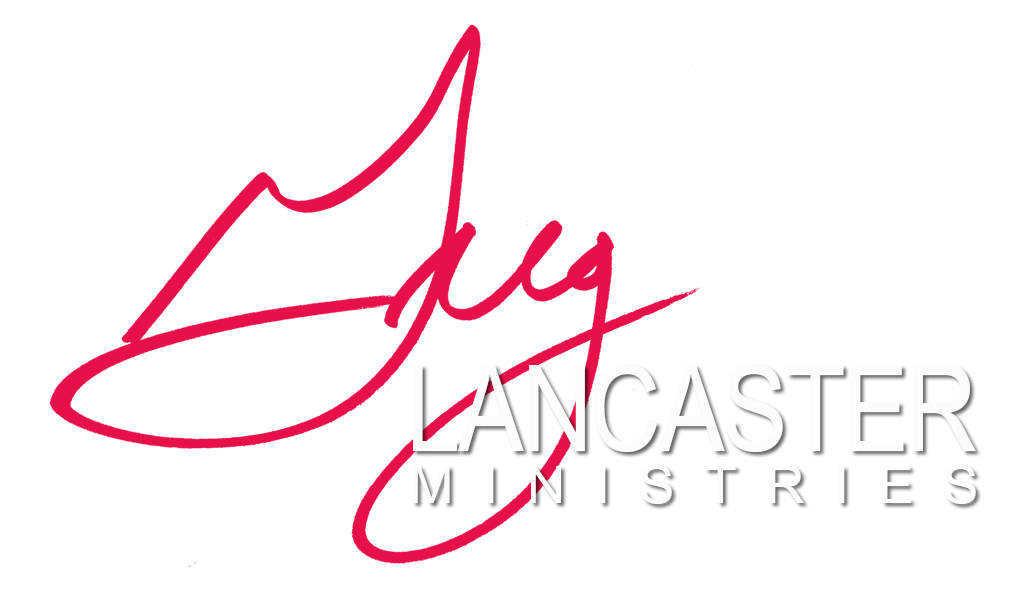Understanding the Reach of Teachers Unions
In the landscape of American education, the influence of teachers unions cannot be overstated. With over three million members, these unions wield significant power in shaping educational policies and decisions. Through annual dues ranging from $190 to $240 per teacher, these unions amass substantial funds, totaling between $570 million to $720 million annually.
A critical arena where the influence of teachers unions is felt is in school board elections. School boards, comprising elected officials responsible for governing local educational institutions, play a pivotal role in determining curriculum, policies, and resource allocation. Astonishingly, out of approximately 13,000 school boards across the nation, teachers unions exercise control over around 90%, amounting to approximately 12,000 school boards.
Implications for Education
The symbiotic relationship between teachers unions and school boards raises concerns about accountability and resource allocation. As these entities negotiate budgets and policies, the priorities and interests of students often take a backseat. Despite the substantial funding channeled into education, outcomes remain dismal, with alarming statistics reflecting inadequate literacy and numeracy levels among students.
Straight from the National Education Association’s, NEA’s Mouth in 2024
“We are the NEA and we must win all things!”
Becky Pringle delivering the keynote speech at the 2024 NEA Representative Assembly Philadelphia
Addressing Priorities in Education
Tiffany Justice, Co-founder of Moms for Liberty, emphasizes that the issue in education isn’t a lack of resources but rather a misallocation of funds. While substantial sums are directed towards teachers and union initiatives, the intended beneficiaries—the students—often do not reap the benefits. Moreover, Justice underscores the political alignment of teachers unions, with a significant portion of funds channeled towards supporting leftist causes and candidates.
Related:
- WATCH! Equally Funded Education; Time to Reaxamine Education in America including Christian Education; We Support Israel! Let’s Stand Together
- Undercover Investigation College Administrators Shredding the U.S. Constitution?
- School Choice for Every Student; Not Just the Wealthy, Connected, and Elected-Sec. of Education, Betsy DeVos
Promoting School Choice: A Viable Alternative:
Introduction of School Choice Programs
Recognizing the limitations of the traditional public education system, policymakers have increasingly turned to school choice initiatives as a solution. These programs empower parents to select alternative educational options for their children, including private and religious schools, using public funds allocated for education.
Arkansas’ Bold Move Towards School Choice
Under the leadership of Governor Sarah Huckabee Sanders, Arkansas emerged as a pioneer in education reform through the implementation of school choice policies. The introduction of the “Learns Act” allowed for the establishment of a voucher program, enabling students to utilize state funds to attend private institutions of their choice.
Impact of School Choice on Families
The implementation of school choice programs has been transformative for many families, providing access to educational environments that better align with their values and priorities. Providence Academy in Rogers, AR, exemplifies the success of school choice, with numerous students flourishing in its nurturing Christian environment.
Challenges and Triumphs
Despite its merits, the adoption of school choice initiatives has not been without obstacles. Opposition from vested interests, protests, and failed referendums underscore the resistance to change within the education system. However, proponents like Senator Hester remain steadfast in their commitment to providing options and opportunities for all students.
Looking Ahead: A Call to Action
As success stories like Providence Academy demonstrate, school choice holds immense promise in addressing the shortcomings of traditional public education. By empowering parents and prioritizing student needs, policymakers can usher in a new era of educational excellence and opportunity.
In conclusion, while the stronghold of teachers unions on American school boards presents formidable challenges, the emergence of school choice initiatives offers a beacon of hope for the future of education in the United States. It is incumbent upon policymakers, educators, and communities to embrace innovative solutions that prioritize the well-being and success of every student.




